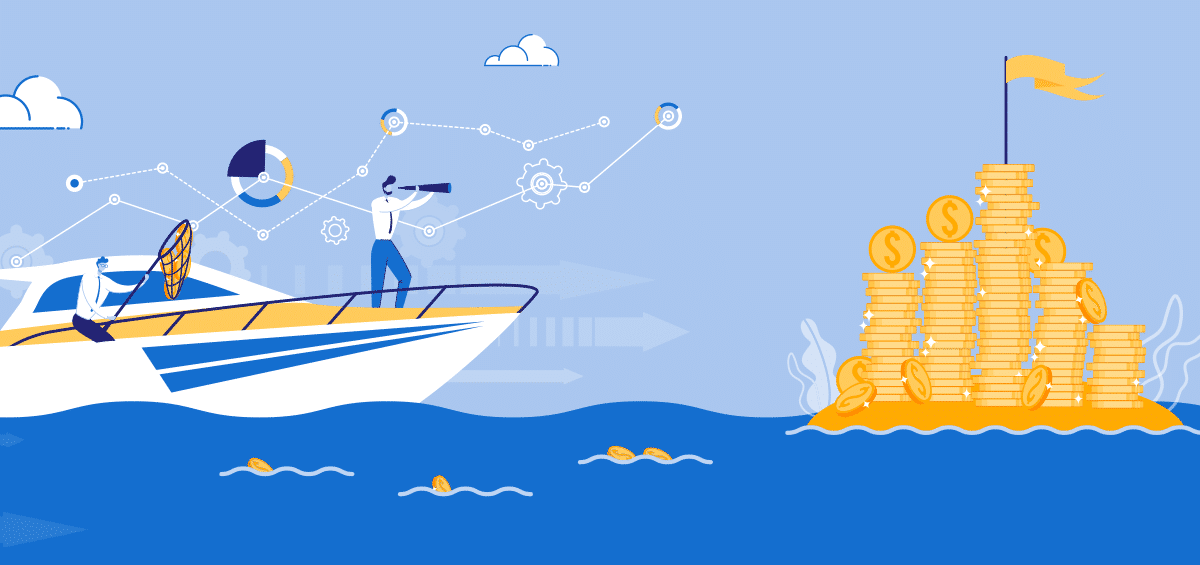Partial tax exemptions: Sailing the choppy seas of VAT
Updated 7th July 2022 | 3 min read Published 9th July 2019

If you’re not yet up to speed on what partial tax exemption is, it’s actually fairly simple. As a not-for-profit, an organisation may receive tax-exempt donations. Some organisations will also supplement this income with taxable sales, such as charity shops or bracelets.
Reconciling the two on your ledgers can be a painful task.
Your organisation’s ledger is like a ship
Confused? Think of your organisation as a ship. A group of diplomatic envoys come onboard. As they’re not tourists and are on a diplomatic mission, these people wouldn’t be charged a visa when you arrive in port. These diplomats represent your charitable donations.
Your ship then takes on additional passengers, who will need a visa when they arrive in port. These people represent your taxable sales.
Do you see the problem? Without taking a proper record of all the passengers, your diplomats are going to be charged for a visa when they arrive in port. When you’re reconciling your business, it’s no different – you have to be aware of your partial tax exemption when you reconcile your ledgers, or you’ll be missing out.
However, this is much easier in theory than in practice.
The choppy seas of VAT
The waters of ledger reconciliation can be choppy and dangerous.
If you want to navigate successfully, you need the most up-to-date maps. In our case, this is our charity accounting software. The old three-book system of accounting is dated, and will lead your ship onto the rocks.
Originally, we reconciled financial records between three books because it was the only way to do it. However, as business finance has become more complicated – particularly when it comes to partial tax exemption – software struggles to maintain an up-to-date record.
IRIS Financials’ unified ledger software offers a neat solution. There’s only one ledger in a unified system, and everything is reconciled automatically. You can strip out your taxable items and calculate everything easily. Simple!
Hidden treasure – Capital Goods Scheme
The Capital Goods Scheme (CGS) is worth researching, as it allows you to adjust the input tax claimed against the purchase of a capital asset over either five or ten years. This time period will alter depending on the nature of the asset, and usually applies to floor space and expensive IT equipment.
It can also apply to naval vessels – but let’s avoid that metaphorical confusion!
CGS exists to alter the input tax that partially exempt organisations can recover. This enables the tax to reflect the taxable use of the asset; for example, a brick-and-mortar charity shop may be used for both direct donations (tax-exempt) and for sales (not exempt).
Keeping everything ship-shape
“Good record keeping is essential, as poorly kept records can mean that the VAT Return is prepared on the basis of inaccurate or incomplete information.”
Gov.uk
Just like a ship’s naval logs, keeping accurate records is essential. Partly exempt businesses have to know the VAT liability of their supplies to accurately attribute input tax for partial exemption.
IRIS Financials is here to help with its unified ledger system, making it easy to reconcile your partial tax exemption and participate in the Capital Goods Scheme. Discover the full suite of charity software today.





